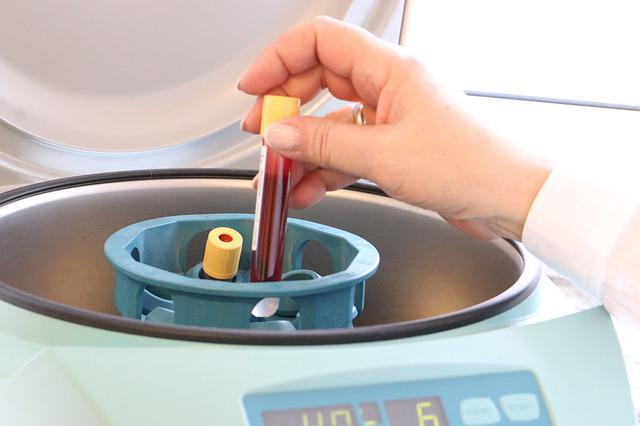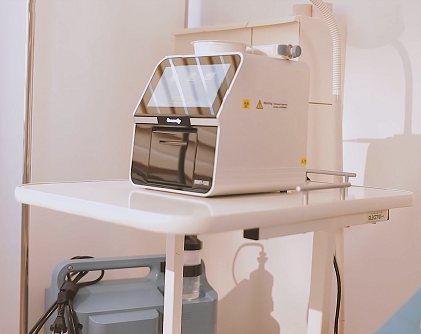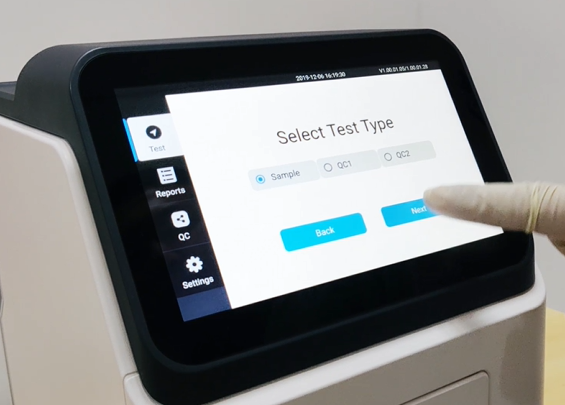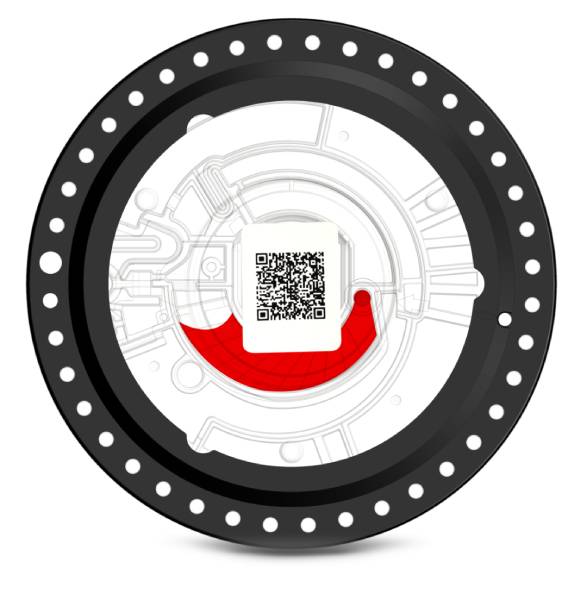Fully automatic biochemistry analyzers are rapidly developing and are capable of testing multiple samples and items at the same time, and the speed of testing is constantly increasing. However, the decrease in cleaning capacity of biochemistry machines and contamination between reagents may cause inaccurate results of biochemistry analyzers.
What are the possible causes of chemical contamination of biochemistry analyzers?
Fully automatic biochemistry analyzer is contaminated
1. Fully automatic biochemistry analyzer reagent needle contamination
Most fully automatic biochemical analyzers currently use dual reagents to detect samples. Reagents R1, R2 aspirate and spit out, generally equipped with only one set of reagent needles respectively. When the reagent needle is incompletely cleaned, or when adhesion increases, residual reagents may have an impact on the next pro-test results.
2. Contamination of the stir bar of the Fully automatic biochemistry analyzer
After the reagents are mixed with the sample, the stirring bar is needed to mix them. If the stirring bar is not completely cleaned after mixing, or if the adhesion increases, the residual reagents may affect the results of the next clinical test.
3. Contamination of the colorimetric cup of biochemical analyzer
The colorimetric cups of biochemistry machines are generally recycled. After each colorimetric cup is tested, it is cleaned and then continued to the next test item. When a colorimetric cup is not completely cleaned, the residual reagents adsorbed on the cup may affect the results of the next test performed in this cup.
The above 3 possible contamination, the most serious contamination of the colorimetric cup. Because the colorimetric cup is the most difficult to clean clean. And in the actual test is difficult to determine what the colorimetric cup last tested items. In addition, the reagent needle suction volume is large, also difficult to clean.
Chemical contamination between reagents
Reagent chemical contamination between many reasons, the common types are mainly the following.
1. direct contamination of reagent components
The previous determination of the reagent contains the next determination of the substances to be measured. This directly interferes with the measurement results of the next test.
2. reagent components involved in the reaction
A reagent component contained in the previous reagent reacts with the substrate to be measured in the next reaction, and therefore may interfere with the measurement results of the next reaction.
3. The reaction process is the same
The reaction guided by the previous reagent brings indirect interference to the reaction process of the next item. The next item measured is the result of the combined effect of the reactions of the two items before and after .
The above is the problem of chemical reaction contamination in Fully automatic biochemistry analyzer.
Seamaty portable (POCT) automatic biochemistry analyzer is easy to operate. The biochemistry analyzer has no internal liquid circuit, pump valve and other wearing parts. For example, the SD1 dry biochemistry analyzer is small in size, weighing only 5kg, and does not require professional operators.



